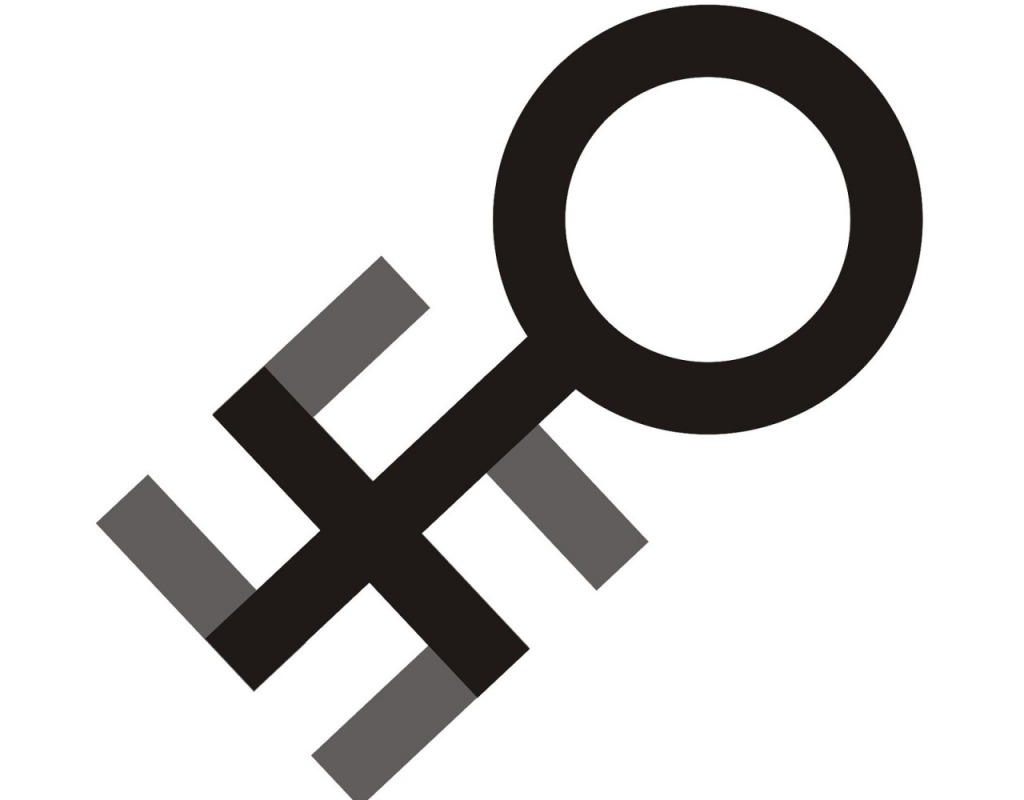
Since the second teaser trailer for Star Wars: The Force Awakens, out of all the characters new and well-beloved, fans have been particularly fascinated by the Stormtrooper Captain Phasma. Not least because, in an occurrence bordering on fantastical, a fictional woman in armour doesn’t have the fact that she has breasts pointed out by her attire. But Gwendoline Christie, who plays Phasma, has had the good fortune to portray another warrior for whom pulling off a battle bikini is nowhere near her list of concerns, as Brienne of Tarth in Game of Thrones. Speaking to Variety about her latest role, she shared some of the more personal links between inhabiting these two characters:
“I don’t think many female actors get the opportunity to play a part where they’re not having to think about the way their face looks, but I found exactly the same thing with Brienne of Tarth, and that was very liberating,” she said. “It was great as an actor to work on your skills—that it isn’t about holding your head so you look beautiful. It’s about what you’re transmitting, and to be in service of an idea greater than yourself, whether it’s the character’s overriding objective or, beyond that, hopefully something more sociopolitical.” Referencing her role as Commander Lyme in The Hunger Games, she went on to say “We have seen an image of [Phasma] and again, it’s an unconventional kind of woman exhibiting a kind of strength, but in a very different way to my other two characters.”
It’s this which is essential as cinema moves forward in its representation of women. Having a ‘strong female character’ is all well and good, but when they’re just hyper-masculine rehashings packaged in legs and cleavage, it doesn’t count as empowerment, and it got boring a long time ago. It gets to the point where villains make up the majority of the female characters you can relate to. Heroines aren’t allowed to have flaws; at least the bad girls can be themselves. The recent backlash against this laziness is exactly why Furiosa and Phasma—though she is, strictly speaking, a villain—are exciting. We want more characters like these, who have individual strengths and are still vulnerable, so we can identify with them as people in the same way male audiences have been with male characters all this time. With Brienne, it was as simple as her being bullied about her looks and developing anxieties, but not letting them define her life or her successes, and becoming stronger for it.
On director J. J. Abrams’ orders, unlike the original Star Wars trilogy where David Prowse was in Vader’s suit while James Earl Jones provided the voice (and that serious mouth-breathing), Christie gave Phasma both her physical presence and voice while filming. And this will likely be essential to Phasma’s credibility, as Christie snapped up the task of presenting her in her entirety, for the sake of the character feeling whole on screen.
“It was very important to J. J. that I was there acting a part,” she said. “I found it to be a really interesting acting challenge, not just because of what I felt this character was representing—and it was just what I felt, and we talked about it a little bit, but it was never like a manifesto, ‘this is what it must be’—and it was exciting to me to have that weight of responsibility taken away, of having to be a certain way as a woman, to have to be mindful in a way that isn’t always useful. To have that stripped away was very liberating, and it meant that as an actor I had to focus on other things. I had to focus on what my body was communicating and what exactly my voice is communicating.
“It becomes about the way in which you hold your hand, the way in which you walk, where your weight lies and what you want that to mean, and I wanted to give the character identity. I thought it was interesting to make something about the character identifiably female in a non-superficial way, and I hope that comes across.”
The idea of such a high-profile character appearing to be androgynous, but still recognisably female, seems to tap into the reason why Phasma is so intriguing. Still, as ever, a few seem resistant to the idea of equal representation. But where one criticised Phasma’s armour by saying “Not to be sexist but” (yes, really) “it’s really hard to tell that’s female armour”, the Star Wars official Facebook page swiftly shut them down by saying “It’s armour. On a woman. It doesn’t have to look feminine.” Seeing such a direct response in support of the character’s appearance gives you hope for more in the future, and it was the same for Christie. “It was beautiful because it was informative, which is what we all need in order to tackle prejudice of any kind in our world…to be fed information,” she said. “That’s just my opinion, that education combats fear, and fear leads to prejudice—so if we all become more educated…our mainstream media continues to expand and show a more realistic representation of women and of men.”
With the December 18th release of Star Wars: The Force Awakens coming around at top speed, seeing this striking character on screen still can’t happen soon enough. And here’s to more female characters who are powerful not just for their strength, but their flaws and vulnerabilities too.
Words by Elisabeth O’Neill
Image: Disney, Lucasfilm










